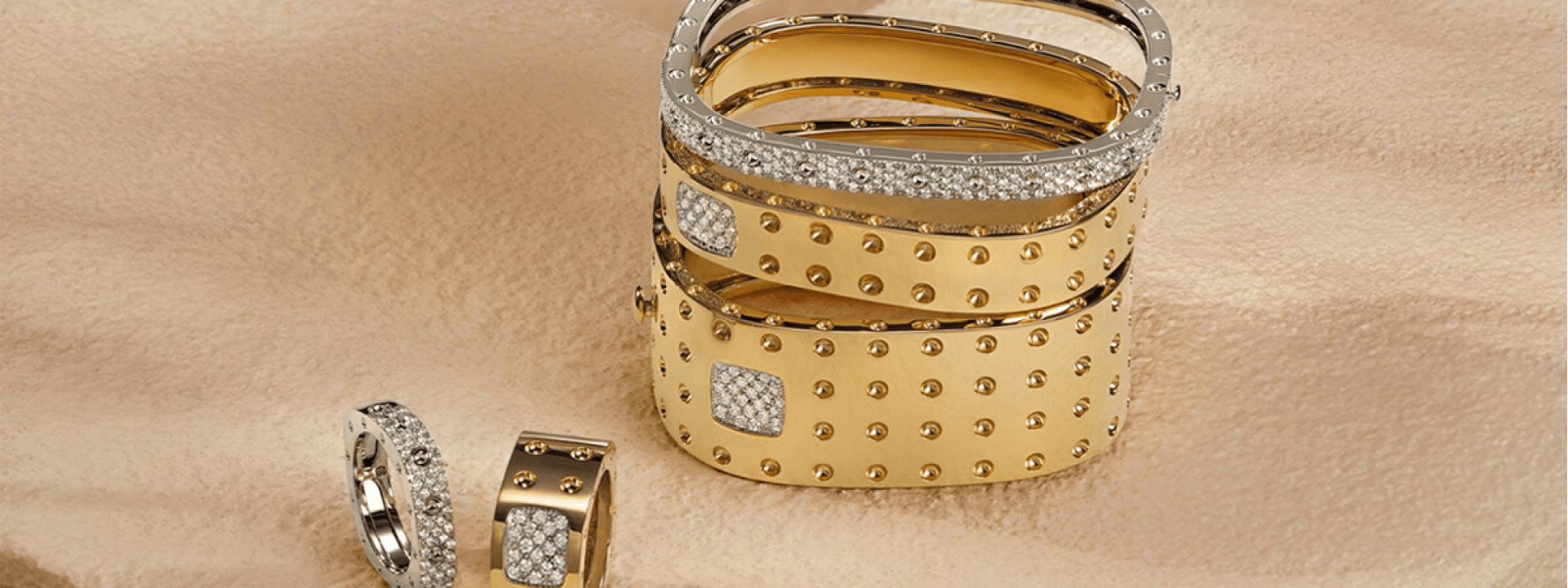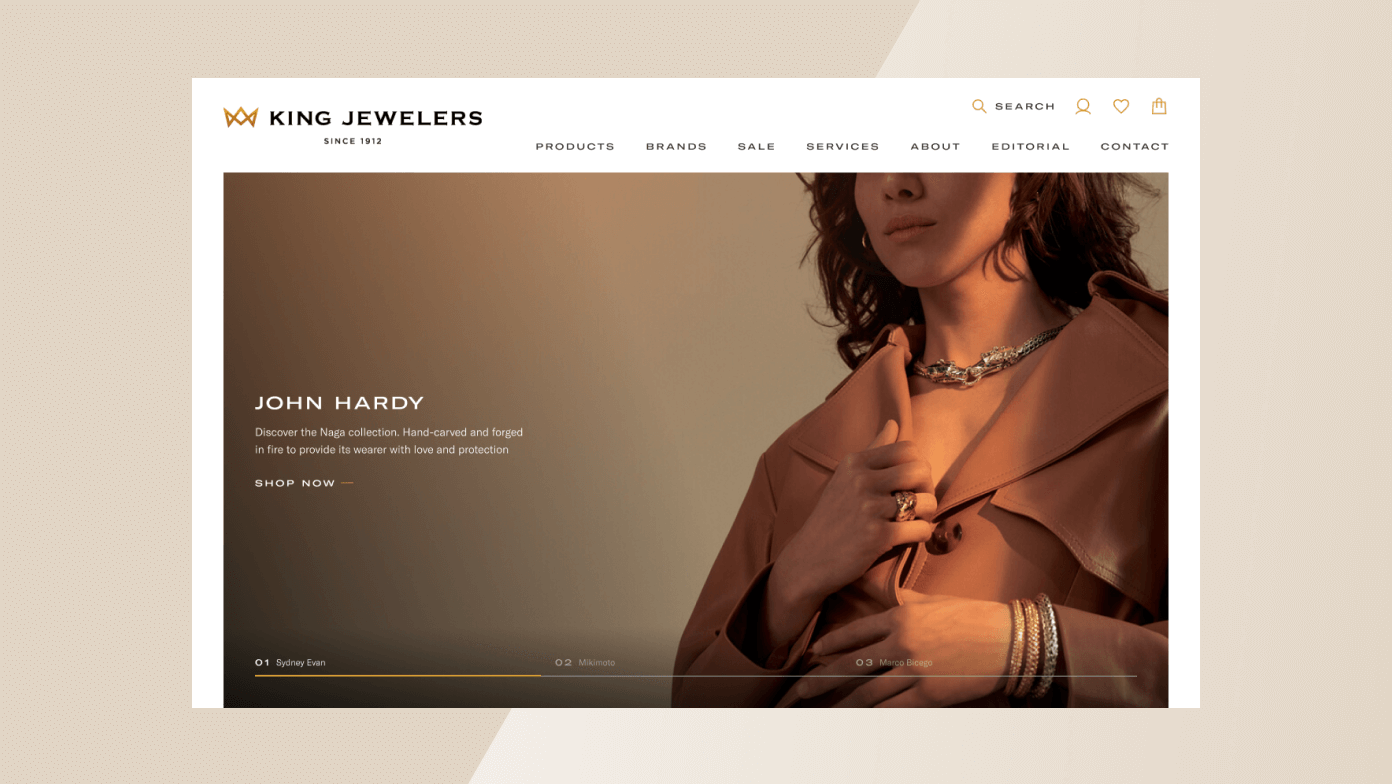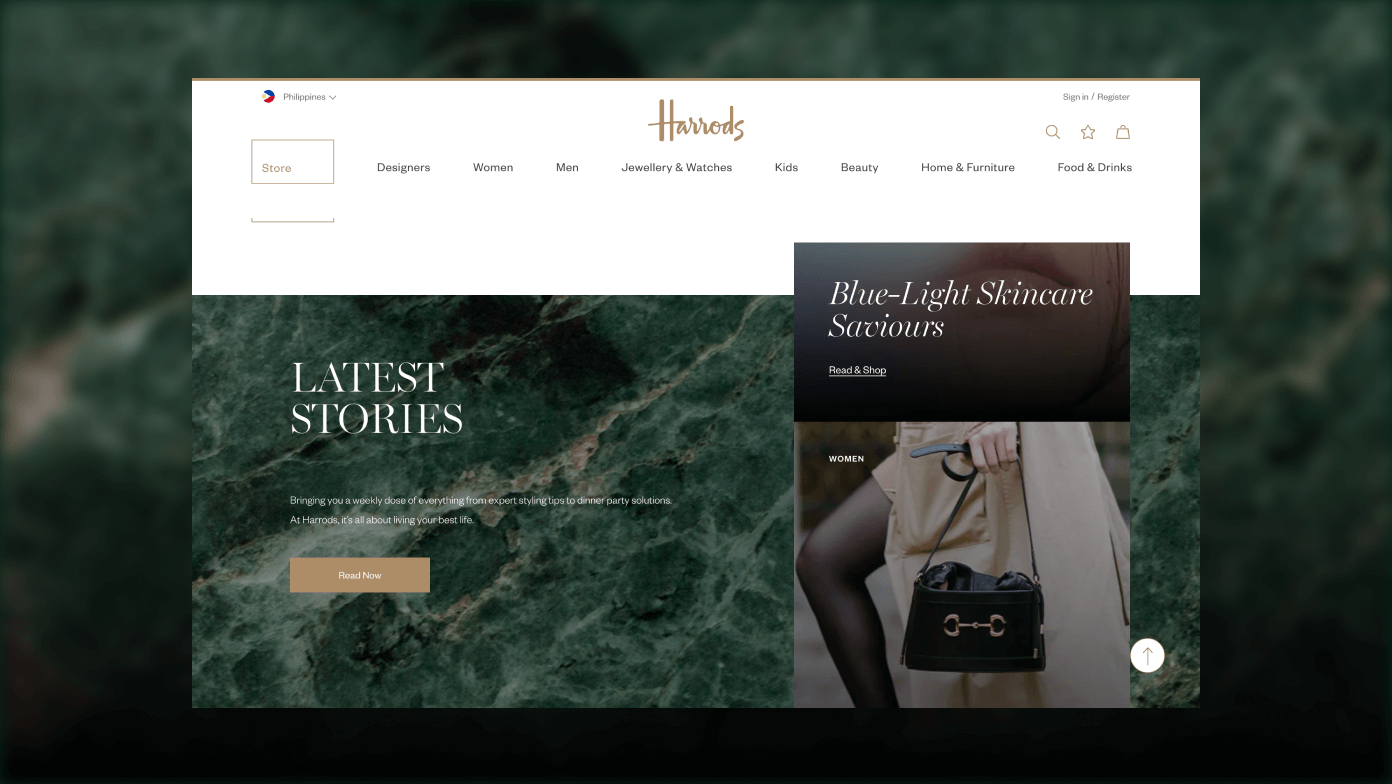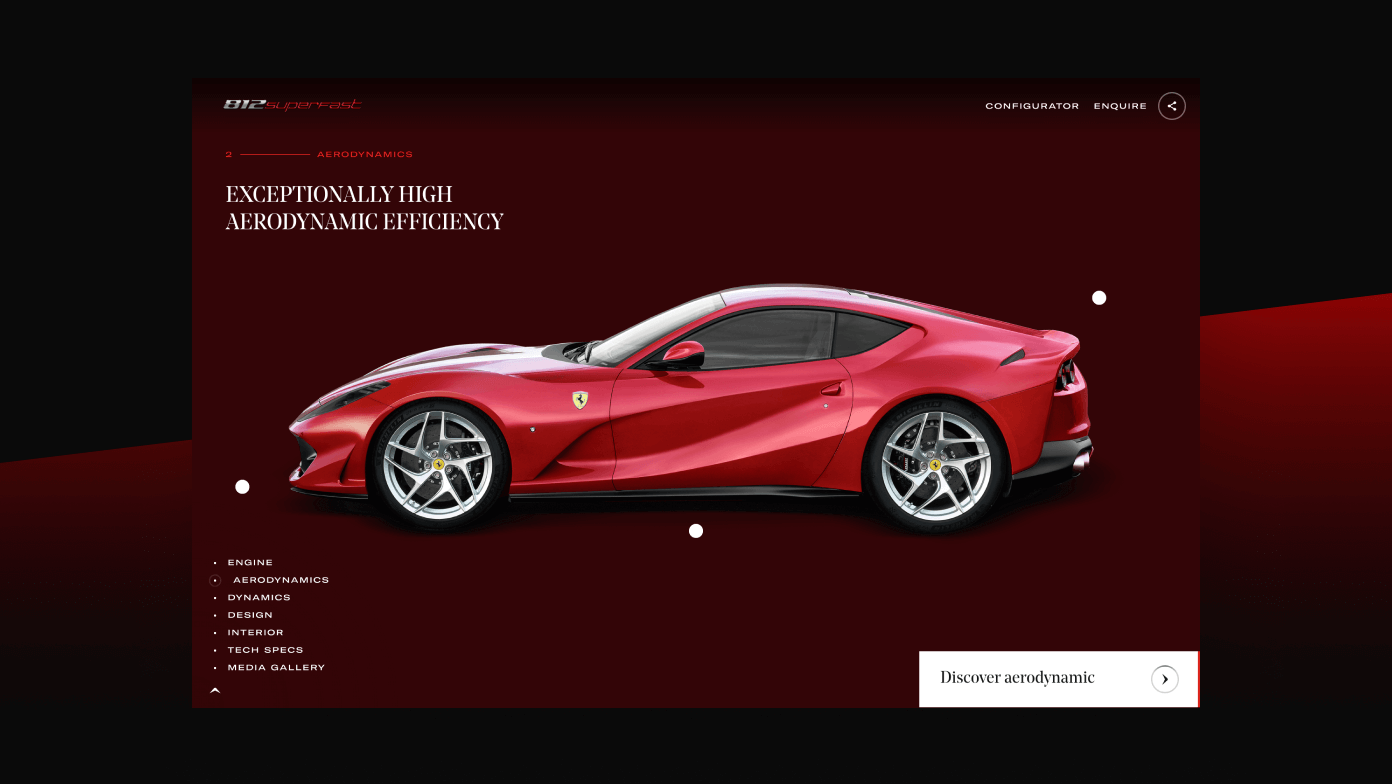E-commerce has made it possible to get anything you want or need without having to step outside your house. While most people are familiar with shopping for food and groceries online, the selection e-commerce offers has gone far beyond the basic necessities. These days, you could even buy a diamond ring and have it delivered straight to your doorstep.


The Rise of E-Commerce
The rise of e-commerce has altered the playing field for most businesses, and this is especially true for luxury brands. With roughly 3.5 billion people online—nearly 50% of the world’s population, more people are using the internet than ever before. Because of this, brands need to provide an alternative shopping experience, one that is accessible online from anywhere and at any time. On top of that, personalization has become the norm rather than the exception, and this puts a lot of pressure on luxury brands to deliver customer service online that is just as good, if not better, than what they offer in-store.
Personalization puts a lot of pressure on luxury brands to deliver customer service online that is just as good, if not better, than what they offer in-store.
The Digital Landscape of Luxury
Luxury goods are highly valuable items that are usually sold in small quantities and made with superior materials. This industry offers a wide array of products ranging from gemstone- mounted jewelry to self-driving cars. Furthermore, it’s not just the products themselves that have to be luxurious; the shopping experience has to feel luxurious too.
Therein lies the challenge. Luxury brands have to recreate the prestige one feels upon entering their real-life boutiques within a digital space. This is because a huge part of what makes purchasing a luxury item so special for customers is the dedicated service they receive and the multisensory journey they go through of seeing and feeling what it’s like inside the boutique. As the profile of luxury consumers slowly changes to that of a younger, more tech-savvy individual, the need to reimagine the digital experience for luxury brands becomes ever more pressing. And some brands do it better than others.

Fashion has always been an ever-evolving scene, so it’s no surprise that most fashion brands have quickly adapted to e-commerce. Harrods is a good example of a luxury brand with a well-designed website that provides a seamless shopping experience while staying true to its look and feel. Its robust information architecture allows it to properly sort and categorize its vast selection of items and let users easily add wishlisted items to their carts.
In the automotive industry, Ferrari is another great example of a luxury brand adapting quickly to the changing times. Ferrari’s redesigned website provides an immersive visual experience, with rich blacks highlighting the colors of their car models to easily capture the attention of users. Small details are designed akin to the anatomy of automobiles: round buttons light up from white to red in a circular manner like the speedometer of a driver flooring the gas. Large, full-width images, both in wide and close-up shots, are displayed all throughout the site, giving users a virtual tour of their showroom.

Appealing to Affluent Customers
The evolving digital luxury industry presents a fresh set of opportunities for brands to take advantage of. Most upmarket spenders use a variety of smart devices for their day-to-day activities.
With responsive design being the norm, websites should load quickly on any device and adjust accordingly to various screen sizes. Luxury websites should display a consistent visual experience for consumers on any device, and designers can even create custom experiences based on the device you are using–whether it’s browsing on a mobile phone or sealing a purchase deal on your laptop.
A solid integration with social media platforms can also drive more traffic to luxury websites, given that consumers’ habits on social media have changed from lifestyle expression to personal brand curation. Affluent consumers will want to associate themselves with brands that embody their values and reflect their personal lifestyles, so it’s crucial to always allow options for social media sharing for your users at any point in the journey.
While there is still a lot of untapped potential and room for genuinely unique ideas, these practices provide some much-needed foundation for appealing to luxury consumers.
Innovation Through Design Sprints

Design Sprints can be the catalyst for an organization’s evolution. When it’s done correctly, it creates a culture of customer-centric problem solving, that is geared towards consistent innovation.
Let us take you on a quick journey on best practices and how it has benefited some of our clients, like Carrier.
Officially, a Design Sprint is a multi-day process for solving challenges through prototyping and validation of ideas and concepts through testing and gathering of feedback from actual people. In short, it’s a method of quickly brainstorming solutions and then testing them by immediately putting them in action.
Popularized by Jake Knapp, author of the book entitled “Sprint: How to Solve Big Problems and Test New Ideas in Just Five Days”, the Design Sprint is the practical application of our Design Thinking workshops. While the source material suggests that these sprints take place over the course of five days, through continuous iteration and familiarization with the process, some teams can reduce it into as little as three days.
Running Design Sprints has been shown to offer numerous benefits! These include:
Visibility and Alignment
Design Sprints allow quick alignment among participants despite them coming from different backgrounds, teams, and positions. The groups are led by top level executives that provide strong direction and quick decisions in situations that typically get a team stuck for hours or even days. Sprints are also a fantastic avenue for leaders to not only get their teams to focus on a specific solution but understand the problem and the other issues that have to be resolved alongside it as well.